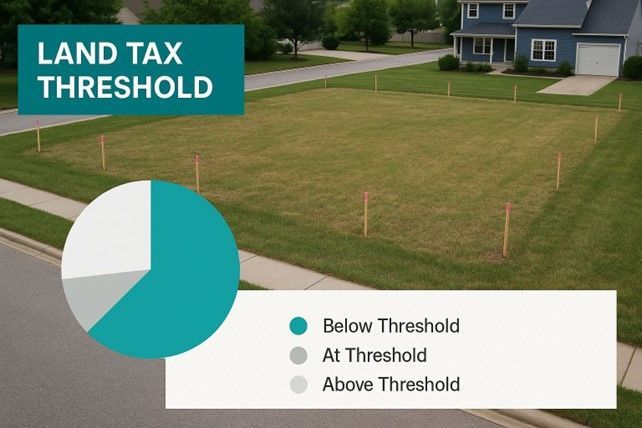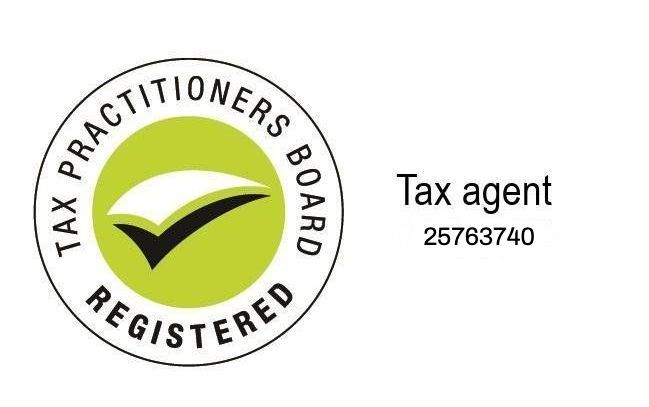Superannuation Contribution Caps: What You Can and Can’t Claim
Superannuation Contribution Caps: What You Can and Can’t Claim
Super remains one of the most tax-effective ways to build long-term wealth but the contribution rules aren’t always straightforward. For the 2025–26 financial year, the ATO has confirmed higher contribution caps, giving individuals more room to grow their superannuation balances in a tax-effective way.
But there are limits and going over them can lead to penalties or unexpected tax outcomes.
Here’s a clear summary of the current caps, what’s deductible, and the key rules to be aware of.

What Are Superannuation Contribution Caps?
The ATO sets annual caps on how much you can contribute to superannuation each year. These limits apply to two main types of contributions:
- Concessional contributions – made from pre-tax income
- Non-concessional contributions – made from after-tax income
Each cap has different thresholds and tax consequences.
Concessional Contributions (Pre-Tax)
These include:
- Employer Super Guarantee (SG) contributions
- Salary sacrifice arrangements
- Personal contributions you intend to claim as a tax deduction
Cap for 2025–26: $30,000 per year
If you’re eligible, personal concessional contributions can be claimed as a tax deduction — as long as the correct notice is lodged and the timing is right.
Can you carry forward unused cap space?
Yes, if your total super balance is under $500,000, you may be able to carry forward unused concessional cap space from up to five previous years and contribute more this year without penalty.
Non-Concessional Contributions (After-Tax)
These are contributions made from your own funds (not claimed as a tax deduction).
Cap for 2025–26: $120,000 per year
If you’re eligible, you may also be able to trigger the bring-forward rule, allowing up to $360,000 to be contributed over a three-year period (if under age 75 and within balance limits).
What’s Tax-Deductible?
Only concessional contributions can be claimed as a deduction and only if:
- A valid
Notice of Intent to Claim is submitted to your super fund
- The fund acknowledges it
- The contribution is received
before 30 June 2026
These are strict ATO requirements. If you’re making personal contributions and planning to claim them, accurate timing and paperwork are essential.
What If You Go Over the Caps?
Exceeding the caps can result in:
- Tax on excess contributions
- Interest charges
- Potential impacts on future contribution limits
The ATO may allow excess concessional contributions to be withdrawn, but it’s not automatic. Keeping track especially if contributing to multiple funds, is important.
Things to Keep in Mind for 2025–26
- Your total super balance affects your options. Bring-forward and carry-forward rules are subject to eligibility thresholds.
- Timing matters. Contributions must reach your fund by 30 June, not just be transferred or sent.
- Don’t leave it to the last minute. Early planning avoids cash flow pressure and contribution errors.
The updated caps in 2025–26 provide new opportunities to boost retirement savings, but the rules haven’t gotten simpler.
Understanding what you can claim, how to stay within the limits, and how contributions fit into your broader tax picture is key.
Need clarity on how super contributions interact with your tax planning?
We can help you understand your obligations and options from a tax perspective and refer you to a licensed financial advisor if you need personalised superannuation advice.
As accountants, we are not licensed to provide financial advice or superannuation advice. Any information shared in this post is general in nature and should not be considered personal financial advice.
We work closely with trusted financial advisors who are qualified to provide financial and superannuation advice. If you would like tailored guidance, we’d be happy to connect you with one of our referral partners.
Disclaimer: The information provided on this website is for general informational purposes only. Hamilton Brown Partners assumes no responsibility for errors or omissions in the content or for any actions taken based on the information provided. Always speak to us or another registered professional before acting on any information read on this website.












